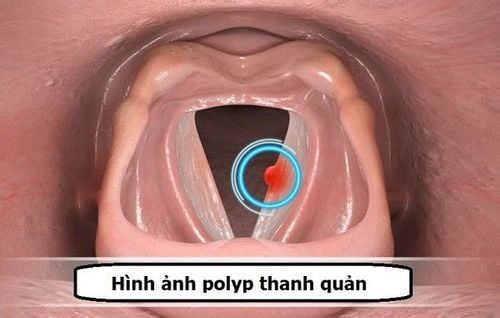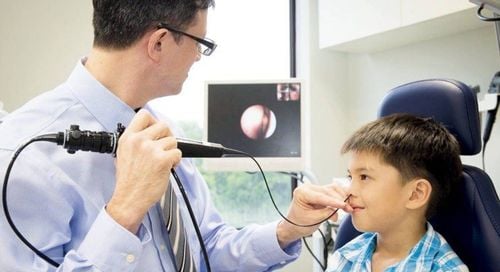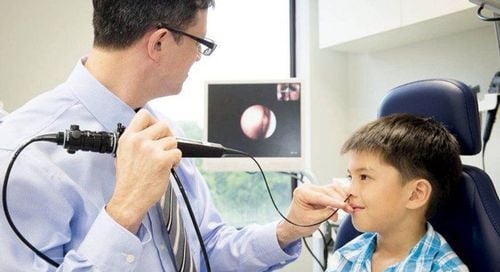This is an automatically translated article.
Examination of the pharynx and larynx helps to make a preliminary assessment of common diseases before performing an endoscopy, is an easy method to perform, does not cause pain or discomfort to the patient.
1. Purpose of throat and larynx examination
Examination of the throat and larynx in cases where the patient has problems with the throat or voice such as: sore throat, sore throat, difficulty swallowing, cough, difficulty breathing, sputum, itchy throat, hoarseness, loss of voice, ... aimed at preliminary assessment and diagnosis of some diseases of the pharynx as well as the larynx.
An examination of the pharynx is always performed in patients with suspected pharyngeal or laryngeal disease in order to initially evaluate for lesions. Thereby giving the necessary indications such as otolaryngoscopy for diagnosis, biopsy in case of tumor. Examination of the pharynx and larynx helps to screen for a number of diseases, especially in areas where modern diagnostic tools are not available.
In order to examine the pharynx and larynx effectively, to determine the cause, it is necessary to ask the time of onset, the course of the disease, what drugs have been treated, and the occupational and family status to see the causes and related cause disease.
Explain the patient before conducting the examination, guide the patient's position. If it is a child, it is necessary to have an adult hold the head in place for easy examination.

Khám họng giúp phát hiện ra các bệnh lý nguy hiểm về họng
2. How to examine the pharynx and larynx
Throat examination Throat examination includes: oral examination, throat examination without instruments, and throat examination with instruments.
Oral examination: Use tongue pressure to lift the cheek to see the teeth, gums, and inside of the cheek to see the cleft palate and pharynx. Instruct the patient to curl the tongue upward to view the floor of the mouth and the underside of the tongue. Instrumental examination of the pharynx: instruct the patient to open the mouth, stick out the tongue, make a long hum, and observe the nasopharynx and tonsils in a normal position. Instrumental throat examination (by tongue compression): instruct the patient to open the mouth without sticking out the tongue to breathe gently. The doctor put pressure on the tongue 2⁄3 in front of the tongue, then slowly pressed it down, observing the pharynx, uvula, anterior pillar, posterior pillar, tonsils and posterior wall of the pharynx, Assessing the pharynx: + Normal: the pharynx is proportional In contrast, the uvula is not deviated, the tonsils are of moderate size without pus spots, and the mucosa is ruddy. The anterior and posterior poles are normal without red congestion, the posterior pharyngeal wall is clean and smooth.
+ Abnormalities: can observe pathological images such as deviated uvula, tonsils with many pus spots, tonsillitis, pharyngitis, abnormal mass in the oropharynx, edema, congestion in the pharynx,...

Bác sĩ sẽ xem xét mọi vị trí trong khoang miệng khi khám họng
A system of modern and advanced medical equipment, possessing many of the best machines in the world, helping to detect many difficult and dangerous diseases in a short time, supporting the diagnosis and treatment of doctors the most effective. The hospital space is designed according to 5-star hotel standards, giving patients comfort, friendliness and peace of mind.
To register for an examination at Vinmec International General Hospital, you can contact the nationwide Vinmec Health System Hotline, or register online HERE.













